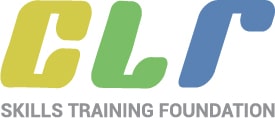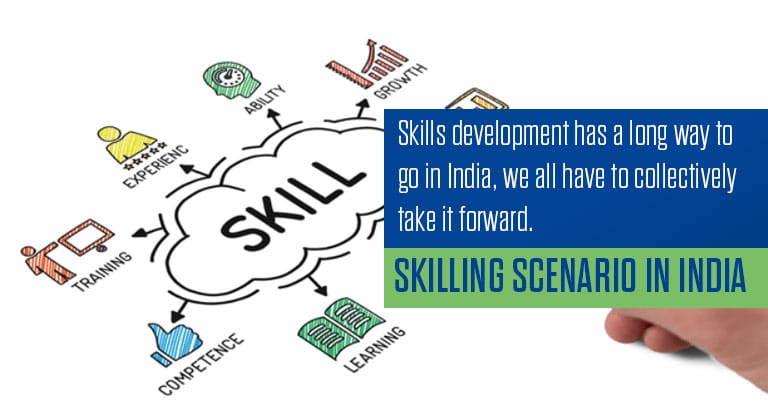India is the land of the great. When we think of it as a nation a picture of diversity and culture comes into mind. However, with that happy images comes into the mind a sad scene. A scene where the population of India is a concern. We are 1.2 billion in number, the average age in India is 29 and half of our population is under 25. Yet we are nowhere in terms of business productivity and all these huge numbers amount to nothing. What’s the problem here. Guess we don’t have to tell you this! Its the lack of skills and that’s what we and some really great thinkers have been trying to remedy. We have the opportunity to turn this seemingly negative factor into a boon for India’s development, as we have a large potential workforce at the ready. Additionally, the aging population in more developed countries also indicates a shortfall of global skilled labor power of approximately of 56.5 million by 2020.
What needs to be done?
Simple, we need to realize the seriousness of the situation and perk up our skills development programs. NEEM Scheme is really doing its part, but we need to do more.
Skilling refers to the training, practical, theoretical and soft skill knowledge of current industry standards.
Skilling is not just about vocational training, in fact, it’s about bringing out the hidden motivation of the youth. Giving them the energy to be innovative and have an ambition which can fuel the nation towards economic glory. It involves harnessing the untapped potential of the youth and making them employable with relevant skills for the current job market. The problem lies in the fact that we have the lowest proportion of trained youth in the world.
The Urban Social Divide
India is a country known for its culture, however, there are many hidden evils lurking inside it. These mental stereotypes are actually plaguing the entire fabric of society. These social inequalities do not allow for the holistic development of the Indian youth.
This urban-rural divide simply means that many talented youths from rural centers do not have the same privileges as those in urban settings. They do not have access to the same education avenues like their urban peers. This problem is a national issue irrespective of the demography, however, the problem is really grave in a rural area. To ensure that all Indians are equally treated, a subset of Skill India, ‘Rural Skill India’ is a program has been created to standardize training methods across urban and rural youth. This also means that training is conducted in various languages, often with local trainers who understand immediate, local needs.
Patriarchal Societal Norms
This is another big issue which all the skilling programs of India have to counter. Patriarchal norms of the society mean that women empowerment is still on a low side. 50% of the workforce has to succumb to these regressive practices. Women, in general, are discouraged to work outside their homes. In short, the entire society still wants women to take care of domestic chores rather than provide active support to economy. Needless to say that women account for a very low skills development program participation. Women in India are mostly confined to the informal sector, with low paid jobs and no security benefits. National missions are now focused on ensuring a gender balance with women-specific policies for their effective participation in the employment market. Harnessing this ignored labor source and utilizing their potential would help India meet its skilling target and reap the benefits of having the largest workforce by 2025. This would also bring India closer to achieving the UN global Sustainable Development Goals (SDGs) by promoting gender justice and equality, all whilst engaging the workforce.
Skill India has created several institutions like the National Skill Development Corporation India that provide training and up-skilling to keep up with relevant technological advances and helps India scale up our industries to tech-led sectors.
What Skilling Initiatives and Skill Development Agencies have to be wary about
According to the 4th wheel research agency, the current labor demand and supply skill mismatch indicate a severe disconnect between the education/skilling industries and the labor market. In moving forward, skill development initiatives need to be better coordinated.
– The high level of attrition seen after these skill training also point at a need to address aspirations among the youth, so they are better prepared for the job they go into and are aware that skill training does not guarantee immediate post-training employment.
– Monitoring and evaluating for placement agencies need to be conducted more thoroughly, to ensure that new entrants are being treated without discrimination.
– The quality and uniformity of the training provided also needs to be monitored, with any resulting inconsistencies rectified swiftly.
– In a large economy like India, full of geographical, religious and class differences, undertaking skilling initiatives are essential for overall development; but they need to be monitored and tailored effectively, to create sustainable growth and upliftment to all Indians equally.
All in all skills development is the only thing that can tap the raw youth energy of our country for productive use. All we need to do is become more agile and lean while framing and executing the programs. A holistic approach is necessary.






